It can be said that in the initial stage after the merger, it is very difficult to avoid challenges for localities. Therefore, choosing brave and dedicated personnel for the common good and maintaining the spirit of service to become a solid pillar to help the new apparatus quickly stabilize and soon promote its effectiveness and efficiency plays a very important role.
The Politburo's setting of specific timelines such as completing provincial mergers before August 15 and finalizing personnel plans before June 20 demonstrates strict governance and a clear message to avoid a power vacuum during the transition period.
The initial phase of provincial mergers is expected to face many challenges. The first major challenge is budget consolidation. Budget preparation and allocation according to the old unit is likely to cause overlaps and lack of synchronization in spending and investment. This process is complicated, requiring consensus and transparency among the parties. In addition, issues of public assets, land, and offices can easily cause disputes if there are no specific instructions. Many projects may be redundant or no longer suitable for the new function. Unsettled debts and financial obligations are also a risk of causing administrative "bottlenecks" and affecting the reputation of the new government. Differences in software and management platforms in the provinces make data synchronization difficult, increasing the risk of errors if there is a lack of strict procedures and supervision.
Merging the apparatus also easily creates conflicts about positions, titles, and workplaces, affecting the psychology of cadres; a larger area requires clear decentralization and authorization, otherwise it will prolong the processing of procedures.
Lack of a reasonable resource allocation plan can also cause the mentality of "the center gets priority, the locality suffers", reducing the effectiveness of supervision, affecting the organization of the inspection and reception apparatus, causing disruption to essential public services such as health care, education , household registration...
In that context, the selection of personnel after the merger must meet strategic factors, adapt quickly and promote the operational efficiency of units and localities. In addition to absolutely meeting the requirement of not allowing anyone or any organization to interfere in personnel work, at this time, localities are in great need of capable officials who can overcome difficulties, lead digital transformation and create trust for people and businesses. In this time's personnel work, the evaluation criteria for selecting officials must be even clearer, more transparent and more convincing.
In particular, the personnel evaluation process needs to be objective, multi-dimensional, and have closer supervision. The selected leader needs to have a creative and prestigious mindset, promote consensus, and know how to create maximum conditions for young cadres to innovate, understand digital transformation, and public administration to contribute their capacity.
Next, it is necessary to prioritize restructuring the apparatus in a streamlined manner, retaining personnel with practical capacity and innovative thinking, establishing an inter-sectoral coordination center to resolve backlogs and strongly decentralizing by region to improve management efficiency. Along with that, promoting data synchronization and administrative digitization by standardizing software, building inter-regional data warehouses and maintaining public service satellite stations to ensure that people are not interrupted in administrative procedures.
Regarding public asset and budget management, it is necessary to organize transparent inventories, regular reporting and community supervision to avoid disputes, protect officials who dare to do and take responsibility, thereby also orienting public investment to focus on inter-regional projects for synchronous development. At the same time, it is necessary to establish a rapid response mechanism and an independent inspection team to promptly handle incidents and objectively monitor the implementation process...
Practical requirements require that the personnel selected at this time must have outstanding capacity, innovative thinking and a high spirit of service to organize systematically, ensure the provincial merger process goes smoothly and create a foundation for an effective, transparent and sustainable public authority apparatus.
Source: https://www.sggp.org.vn/lua-chon-dung-nguoi-cho-thoi-diem-thu-thach-post797235.html



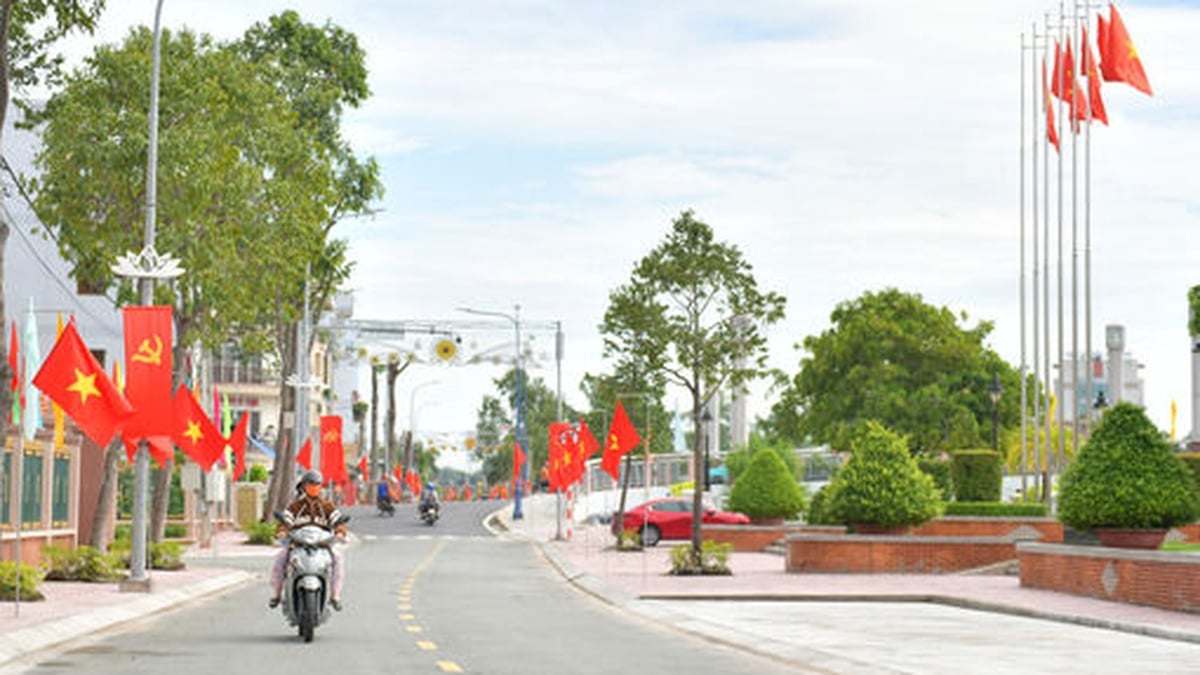
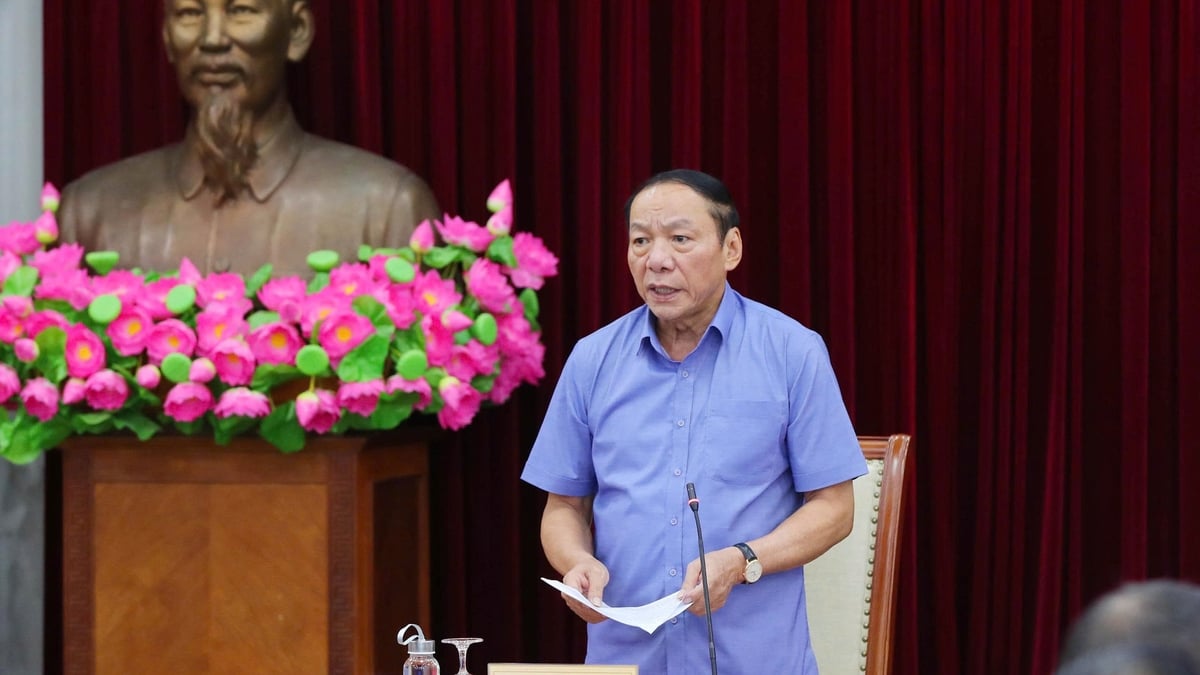
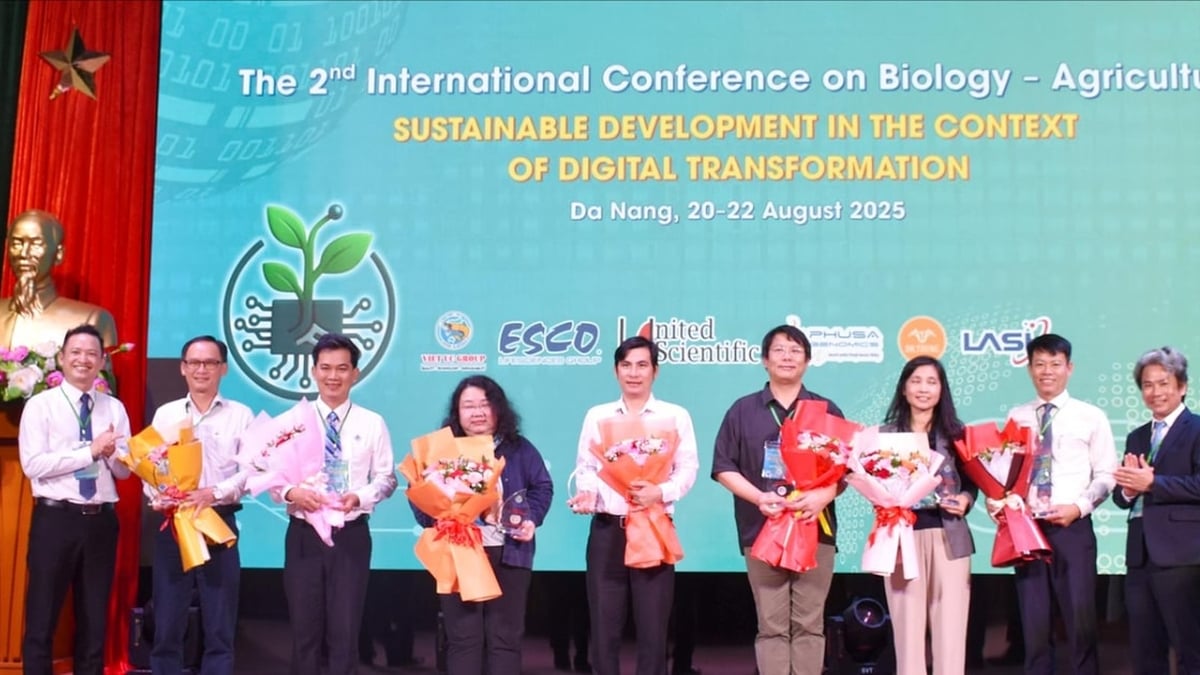


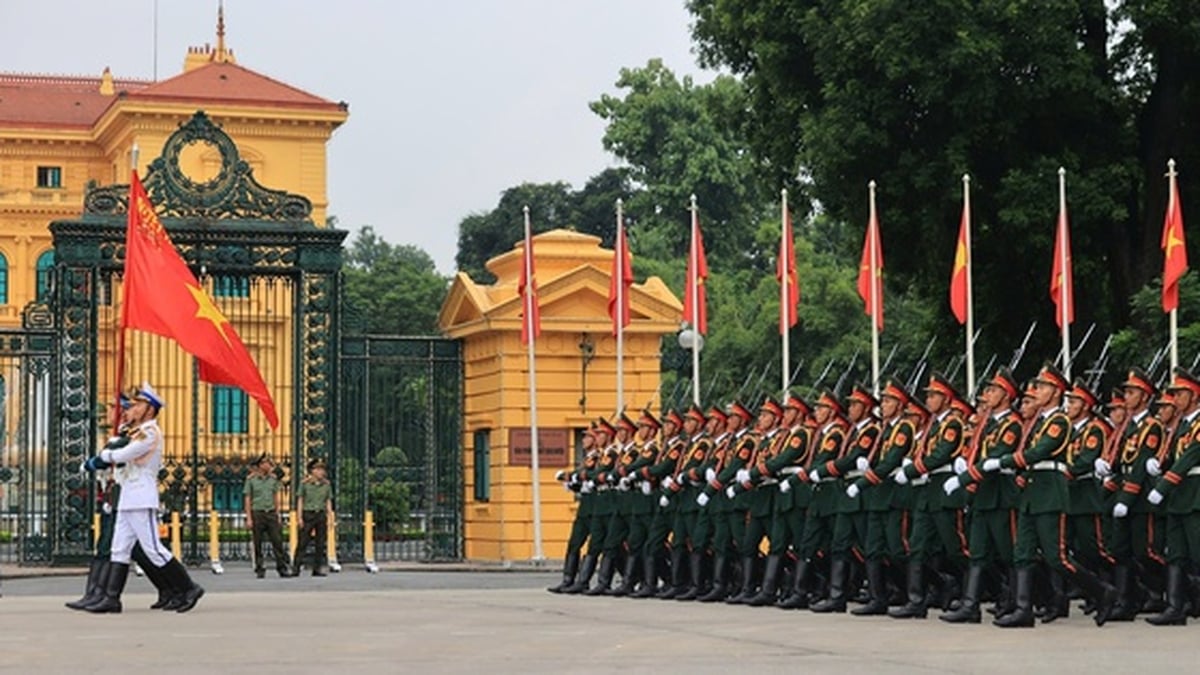
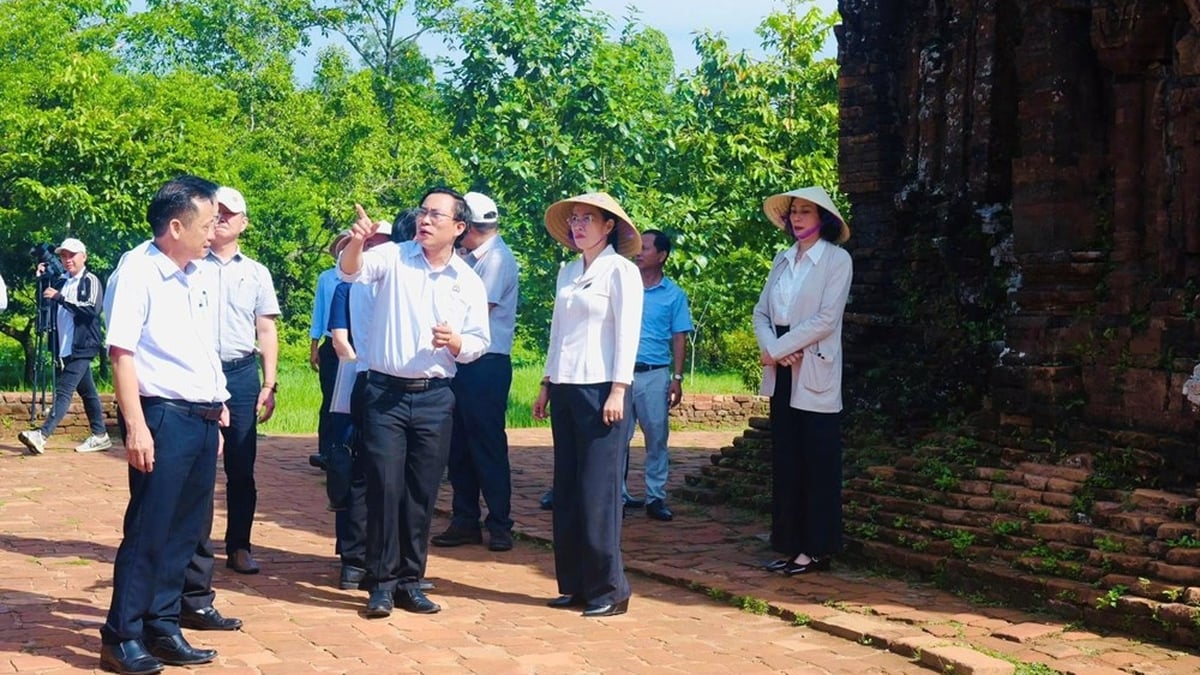

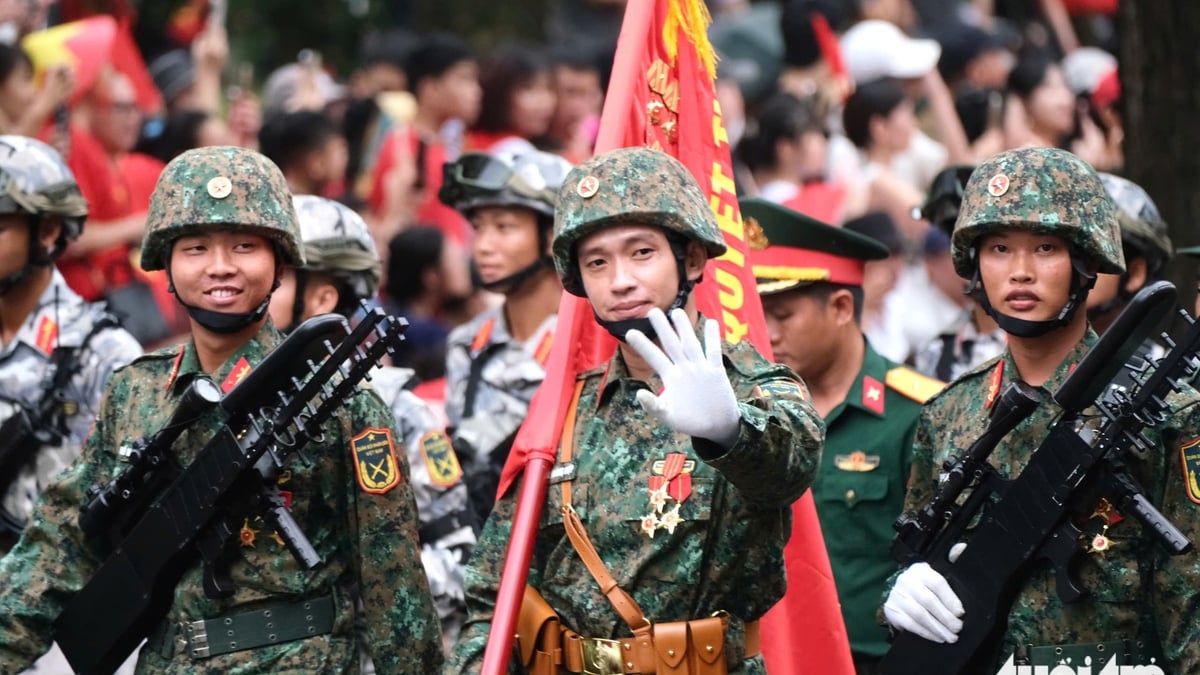





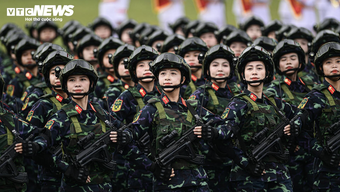





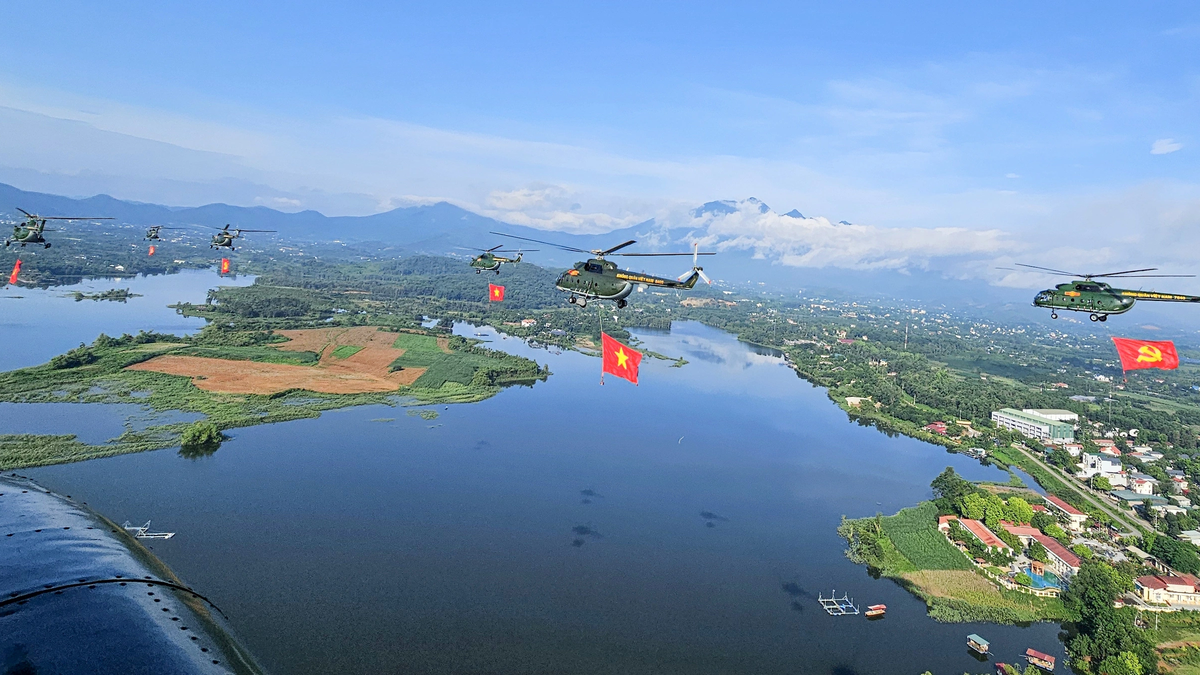
![[Photo] Prime Minister Pham Minh Chinh receives Australian Foreign Minister Penny Wong](https://vphoto.vietnam.vn/thumb/1200x675/vietnam/resource/IMAGE/2025/8/20/f5d413a946444bd2be288d6b700afc33)
![[Photo] Politburo works with Standing Committees of Lang Son and Bac Ninh Provincial Party Committees](https://vphoto.vietnam.vn/thumb/1200x675/vietnam/resource/IMAGE/2025/8/20/0666629afb39421d8e1bd8922a0537e6)
![[Photo] An Phu intersection project connecting Ho Chi Minh City-Long Thanh-Dau Giay expressway behind schedule](https://vphoto.vietnam.vn/thumb/1200x675/vietnam/resource/IMAGE/2025/8/21/1ad80e9dd8944150bb72e6c49ecc7e08)

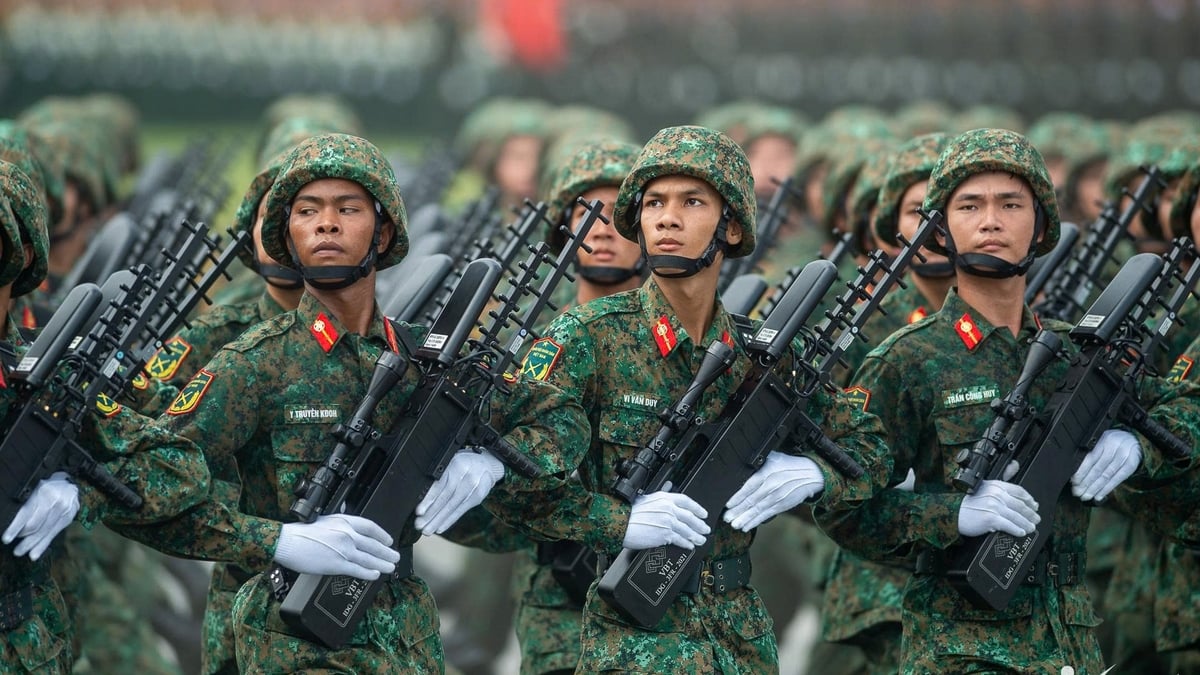








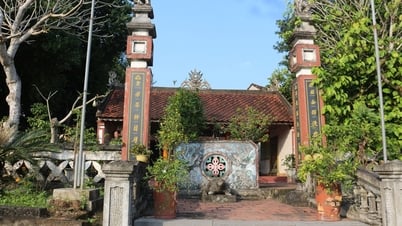
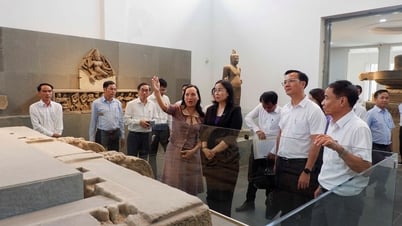
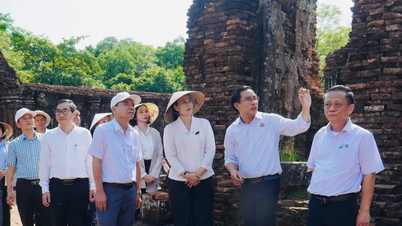











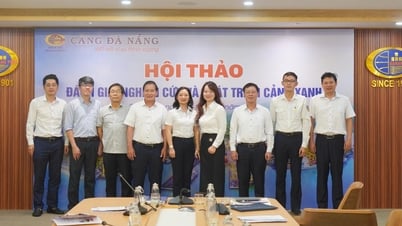


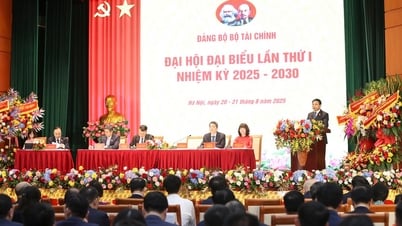
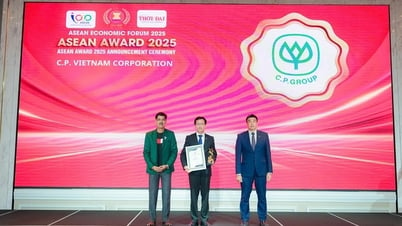













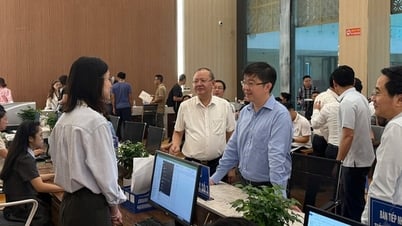

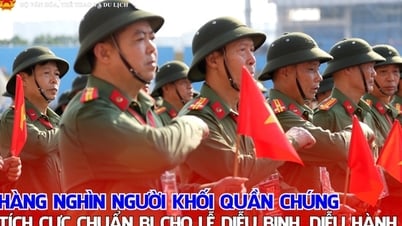

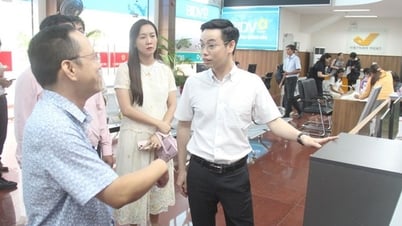
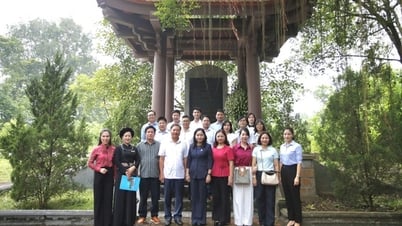

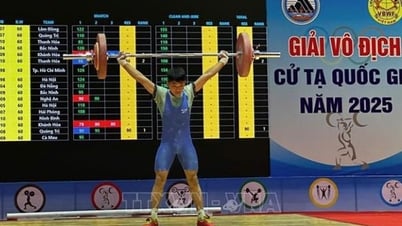
















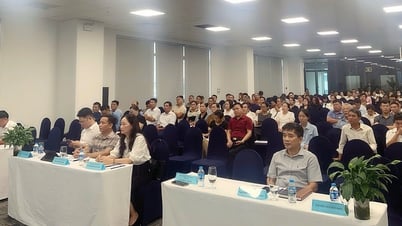






Comment (0)